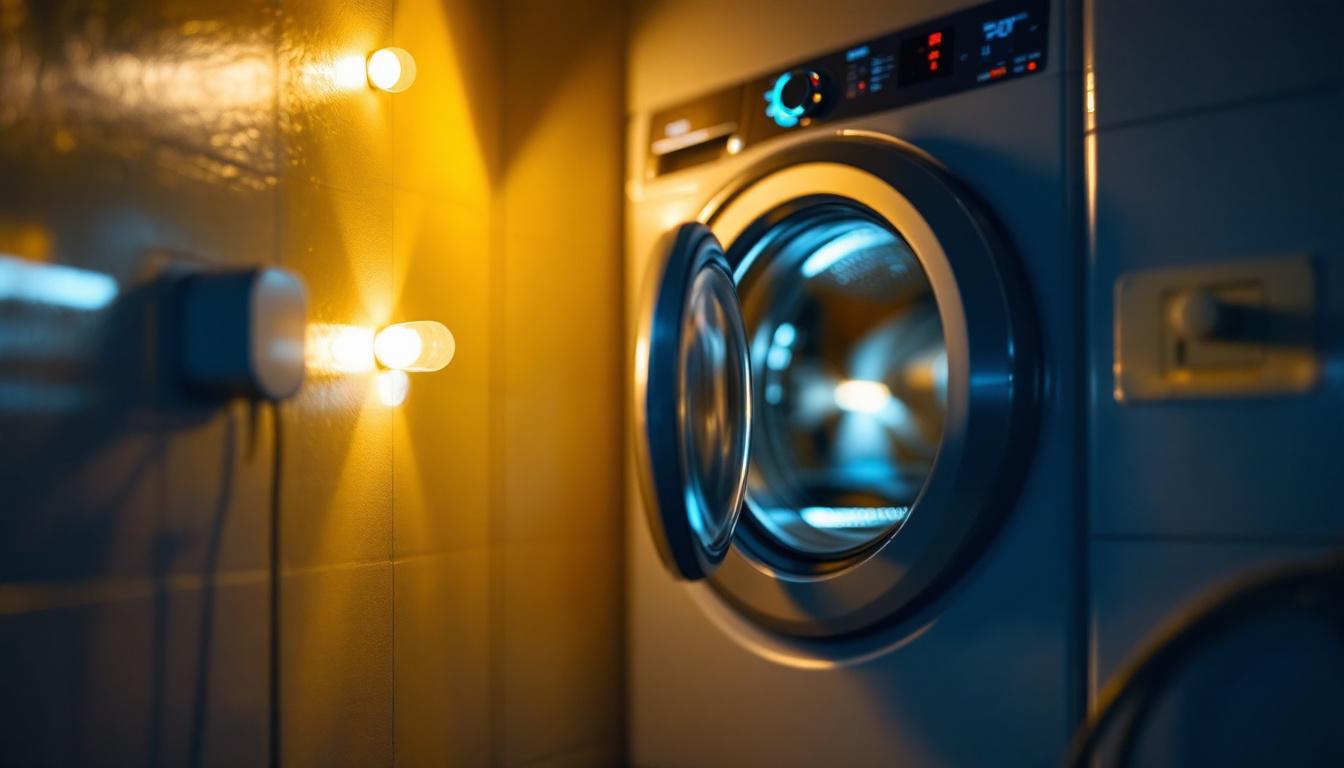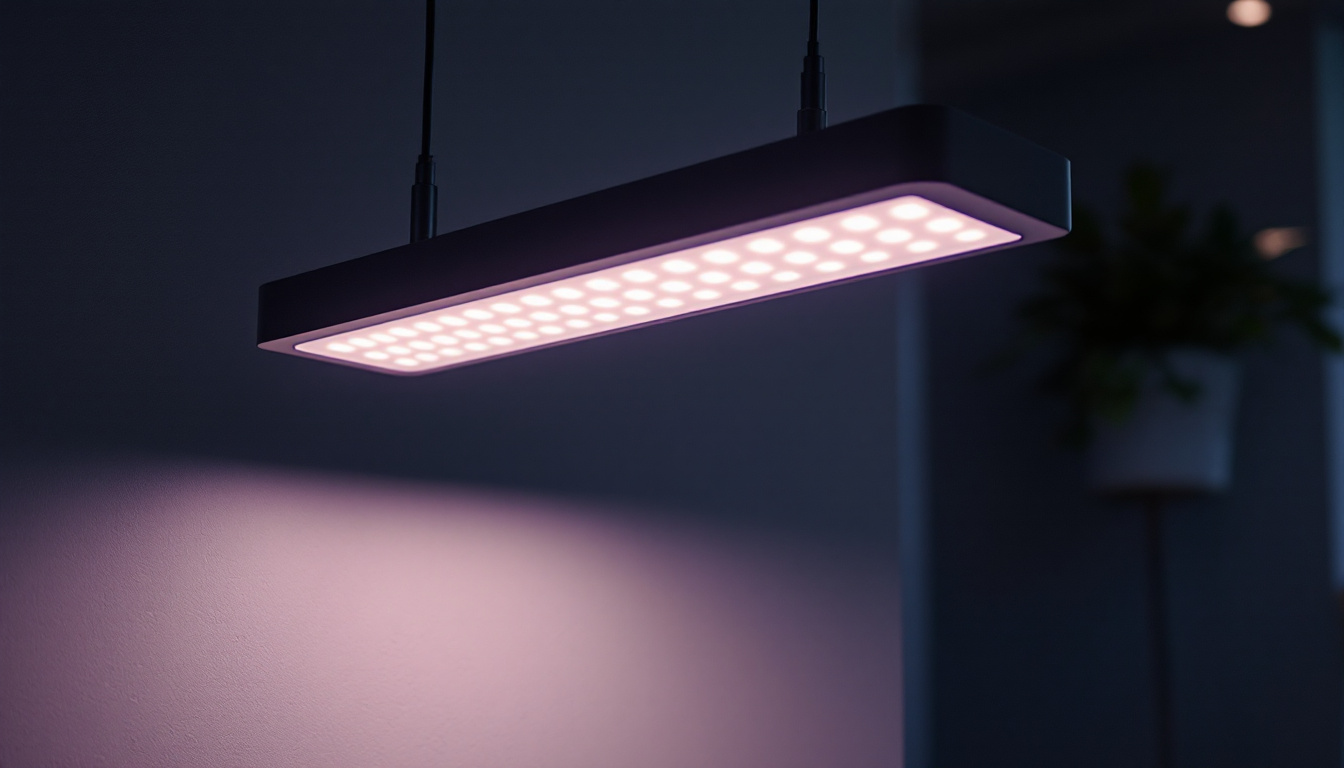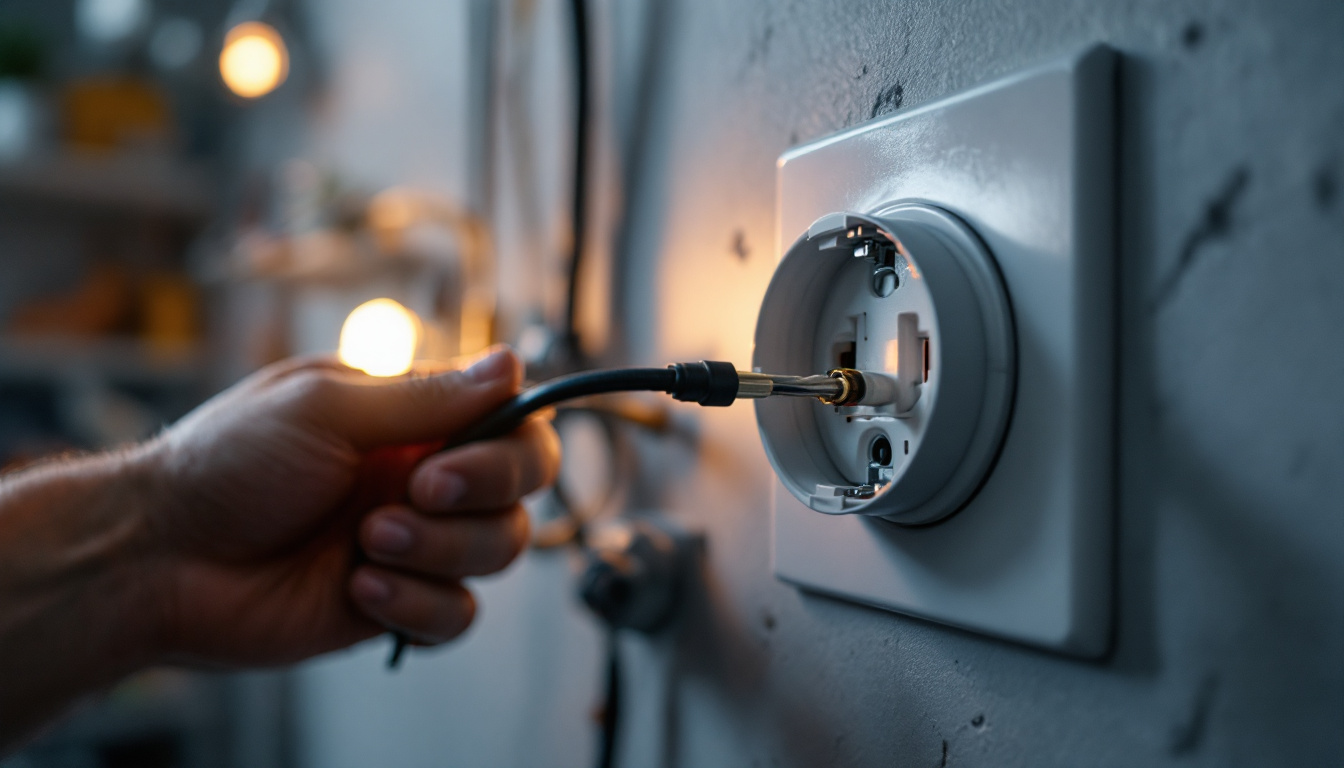
Dryer plug ins, commonly referred to as NEMA 14-30 or similar configurations, are often overlooked in the realm of electrical installations, particularly in lighting projects. These plugs are designed for high-capacity appliances, primarily dryers, but their potential applications extend far beyond laundry rooms. As the demand for versatile and adaptable lighting solutions increases, understanding the functionality and advantages of dryer plug ins becomes essential for lighting contractors.
Incorporating dryer plug ins into lighting projects can provide several benefits, including ease of installation, flexibility in design, and the ability to accommodate future upgrades. This article will explore the various aspects of dryer plug ins and how they can be utilized to future-proof lighting installations.
One of the most significant advantages of dryer plug ins is their capacity to handle high wattage. This makes them suitable for a variety of lighting fixtures, including those that require substantial power, such as LED arrays or commercial-grade lighting systems. By utilizing these plugs, contractors can ensure that their installations are not only robust but also capable of supporting evolving lighting technologies.
Moreover, dryer plug ins facilitate easy disconnection and reconnection of lighting fixtures. This feature is particularly beneficial in commercial settings where lighting needs may change frequently. Instead of rewiring or making extensive modifications, contractors can simply unplug the existing fixture and replace it with a new one, saving time and labor costs.
In addition to their practical benefits, dryer plug ins offer significant design flexibility. Lighting contractors can create dynamic lighting schemes that can be easily modified or expanded. For instance, if a client desires to add more lighting fixtures or change the layout, the existing plugs can accommodate these changes without the need for extensive electrical work.
Furthermore, these plugs can be integrated into various design aesthetics. Whether the project calls for a modern, industrial look or a more traditional ambiance, dryer plug ins can be concealed or showcased as part of the overall design. This adaptability allows contractors to meet diverse client preferences while ensuring functionality.
Another noteworthy aspect of dryer plug ins is their safety features. Designed to handle high currents, these plugs typically come with built-in safeguards that protect against overheating and electrical faults. This is particularly important in environments where lighting fixtures may be subject to frequent use or where safety regulations are stringent. By opting for dryer plug ins, contractors can enhance the overall safety of their installations, providing peace of mind to clients and end-users alike.
Additionally, the use of dryer plug ins can lead to energy efficiency improvements. As lighting technology advances, many fixtures are now designed to be more energy-efficient, which can significantly reduce electricity consumption. By pairing these high-capacity plugs with energy-efficient lighting solutions, contractors can create installations that not only meet the power demands of modern lighting but also contribute to sustainability efforts. This combination of power and efficiency is increasingly appealing to environmentally conscious clients who are looking to minimize their carbon footprint while enjoying high-quality lighting solutions.
While the advantages of dryer plug ins are clear, proper installation is crucial to harnessing their full potential. Lighting contractors must adhere to specific guidelines and best practices to ensure safety and efficiency in their projects.
Compliance with local electrical codes is paramount when installing dryer plug ins. These codes are designed to ensure safety and reliability in electrical systems. Contractors should familiarize themselves with the relevant regulations and ensure that their installations meet or exceed these standards.
Additionally, it is essential to use the appropriate gauge of wire and circuit breakers to support the load requirements of the lighting fixtures. Failure to do so can lead to overheating, potential fire hazards, and costly repairs. Therefore, a thorough understanding of electrical codes and load calculations is vital for successful installations.
When planning the installation of dryer plug ins, selecting the right location is critical. The plugs should be positioned in accessible areas to facilitate easy connection and disconnection of lighting fixtures. This consideration is particularly important in commercial settings where maintenance and adjustments may be frequent.
Moreover, the placement of the plugs should take into account the overall design of the space. Contractors should strive to minimize visual clutter while ensuring that the plugs are functional and convenient for the end-users. A well-thought-out location can enhance both the usability and aesthetics of the lighting installation.
As technology continues to evolve, the lighting industry is experiencing rapid changes. From energy-efficient LED systems to smart lighting solutions, staying ahead of the curve is essential for lighting contractors. Dryer plug ins can play a pivotal role in future-proofing lighting projects, allowing for seamless upgrades and adaptations.
One of the primary benefits of using dryer plug ins is their ability to accommodate new lighting technologies. As the industry shifts towards more advanced solutions, such as smart lighting and automated systems, having a robust electrical infrastructure becomes critical. Dryer plug ins can support the higher wattage and unique requirements of these emerging technologies, making them an ideal choice for future-oriented projects.
For example, if a client decides to transition to smart lighting, the existing dryer plug in can easily support the new fixtures without requiring significant rewiring or modifications. This adaptability not only saves time but also reduces costs associated with retrofitting existing installations.
In many cases, lighting needs may evolve over time. Businesses may expand, or residential clients may wish to enhance their lighting systems as their lifestyles change. By incorporating dryer plug ins into initial installations, contractors can provide a scalable solution that can grow with the client’s needs.
For instance, if a commercial space requires additional lighting for a new product display, the existing dryer plug in can accommodate new fixtures without the need for extensive electrical work. This scalability ensures that clients can adapt their lighting solutions as their requirements change, ultimately enhancing customer satisfaction and loyalty.
While the initial investment in dryer plug ins may be higher than traditional wiring methods, the long-term cost savings can be substantial. The ability to easily replace or upgrade lighting fixtures without extensive electrical work can lead to significant savings over time.
One of the most immediate benefits of using dryer plug ins is the reduction in labor costs associated with installation and maintenance. Traditional hardwired systems often require extensive labor for installation, modifications, and repairs. In contrast, dryer plug ins allow for quicker and more straightforward installations.
Moreover, when changes are necessary, the ability to unplug and replace fixtures without rewiring can save contractors valuable time and resources. This efficiency translates into lower labor costs for both contractors and clients, making dryer plug ins an economically viable choice.
In commercial settings, minimizing downtime is crucial for maintaining productivity and profitability. The flexibility offered by dryer plug ins allows for quick changes to lighting configurations without disrupting business operations. This is particularly beneficial in retail environments where lighting plays a significant role in customer experience.
By implementing dryer plug ins, contractors can ensure that lighting projects are not only efficient but also capable of adapting to the dynamic needs of their clients. This adaptability can lead to increased client satisfaction and repeat business, further enhancing the overall value of the installation.
To illustrate the effectiveness of dryer plug ins in lighting projects, several case studies highlight successful implementations across various sectors. These examples demonstrate the versatility and advantages of incorporating dryer plug ins into lighting installations.
In a recent retail project, a lighting contractor utilized dryer plug ins to create a flexible lighting system that could adapt to seasonal displays. By installing plugs in strategic locations throughout the store, the contractor enabled staff to easily change lighting configurations to highlight new products or promotional displays.
This approach not only enhanced the visual appeal of the store but also allowed for quick adjustments without disrupting store operations. The retailer reported increased sales during promotional periods, attributing part of this success to the dynamic lighting capabilities made possible by the dryer plug ins.
In a commercial office setting, a contractor implemented dryer plug ins to support a modular lighting system. The office layout was designed to be flexible, allowing for changes in workspace configurations as teams expanded or contracted. By using dryer plug ins, the contractor ensured that the lighting could be easily adjusted to meet the changing needs of the office.
This adaptability not only improved employee satisfaction but also reduced the costs associated with reconfiguring the lighting system. The office manager noted that the flexibility provided by the dryer plug ins significantly enhanced the overall functionality of the workspace.
As the lighting industry continues to evolve, lighting contractors must adapt to meet the changing needs of their clients. Incorporating dryer plug ins into lighting projects offers a practical solution that enhances flexibility, scalability, and cost-effectiveness. By understanding the advantages, installation considerations, and potential applications of dryer plug ins, contractors can future-proof their projects and stay ahead of the competition.
In a world where technology is constantly advancing, the ability to accommodate new lighting solutions while minimizing disruption is invaluable. Dryer plug ins provide a robust and adaptable foundation for lighting installations, ensuring that contractors can meet the diverse and evolving needs of their clients. Embracing this technology not only enhances project outcomes but also positions contractors for success in an increasingly competitive market.
Ready to elevate your lighting projects with the flexibility and cost-effectiveness of dryer plug ins? Look no further than LumenWholesale for all your lighting needs. Our spec-grade lighting products are designed to meet the highest industry standards, ensuring you deliver reliable and high-performance lighting solutions to your clients. With unbeatable wholesale prices and the convenience of free shipping on bulk orders, we provide the value and quality you need to stay competitive. Don’t let middleman markups dim your project’s potential. Wholesale Lighting at the Best Value is just a click away. Partner with LumenWholesale today and future-proof your lighting installations with confidence and ease.

Discover how prong light bulbs are revolutionizing the lighting industry, offering efficiency and ease for contractors.

Discover how optimizing garage lighting can be a game-changer for lighting contractors.

Illuminate your space with confidence! Discover the ins and outs of 48 LED fixtures, from energy efficiency to installation tips, and transform your lighting experience with our comprehensive guide..

Discover the common oversight lighting contractors make with dryer power outlets.